Canada’s gastronomy
Canada is the World´s second largest country and its resources are plentiful. The country´s size and diversity are reflected in its wide range of culinary offerings. Canada´s gastronomy, which varies in each Province and Territory, is traditionally a blend of Indigenous, British, and French culinary traditions. More recently, successive waves of immigration in the XIX and XX century have added a whole range of new recipes and products to Canadian cookbooks. As a result, Canada´s cuisine can be described as a rich blend of products and recipes from the various cultures which represent the country´s diversity.
Due to the vastness and varied geography of Canada, each region of the country maintains its own culinary traditions. Local geography, both human and physical, very much shape each region´s traditions. In some parts of the country, bison and beef widely feature in dishes; in others, duck and goose; and in coastal areas, fish and seafood. Many typical dishes incorporate local products such as cranberries and blueberries, specific beans or vegetables, or maple syrup; Canada’s liquid gold. Canada is also well known for its bacon, ham, meat pies, and preserves.
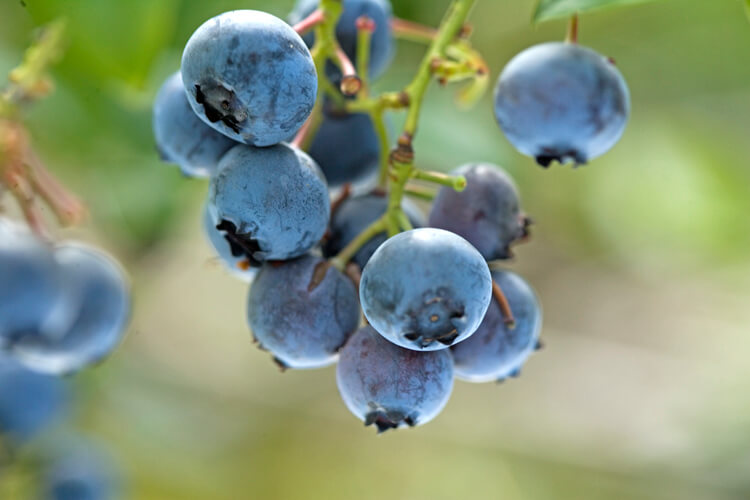
Blueberries
Canada’s most famous meals include poutine, tourtière, cipaille, smoked meat and a variety of dishes featuring bison meat and salmon.
British Columbia
As the name suggests, much of British Columbian gastronomy has its roots in British cuisine. However, over time, the province’s deep connections with South and East Asia have had a strong influence on its cuisine.
Despite foreign influences, British Columbia is first and foremost known for its seafood products from the Pacific Ocean, such as salmon, hake, Alaska king crab, cod, oysters, shrimp, and scampi, which can be fried, grilled, or baked. British Columbian gastronomy also features traditionally indigenous products that have become very popular. For example geoduck, which has become a luxury dish in China, is the world’s largest mollusk and longest-living animal, with a lifespan of up to 168 years.
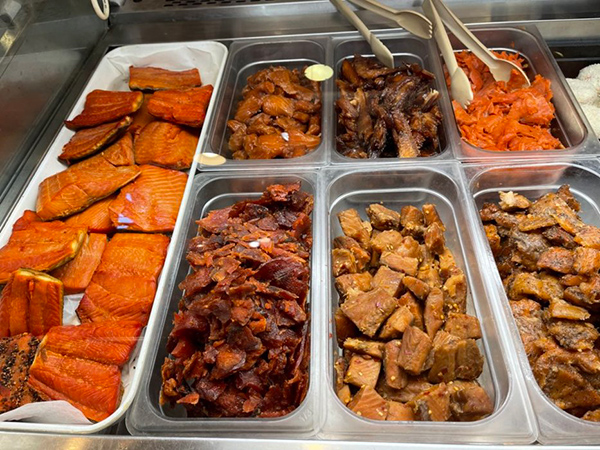
Salmón
Thanks to its temperate climate, British Columbia is an important region for fruit and vegetable production. The Province’s interior is well known for its delicious apples, plums, peaches, apricots, strawberries, pears and particularly blueberries. The Okanagan Valley is also home to many of Canada’s renown vineyards which produce red, white and sparkling wines. Ice wine is also a specialty of the region.
Alberta
The province of Alberta, which is landlocked and far from sea, is world famous for its cattle ranching and for the quality of its meats. Therefore, it should come as no surprise that its cuisine widely features meat prepared in a many ways such in stews, on skewers, grilled, marinated or roasted.
Other local products include a variety of berries, and typical honeys made from alfalfa, nuts, or clovers.
Calgary se encuentra en la parte central del país y es una de las regiones donde mayor producción de carne existe. Lo típico es tomarla asada y en filetes o en hamburguesa y acompañada de patatas fritas o alguna ensalada. El Calgary beef hash es uno de los platos más típicos de la zona central del país. Se trata de carne macerada con una guarnición de judías.
Ontario
Ontario’s local cuisine is rooted in English gastronomy, by virtue of having been a colony of Great-Britain during the XVIII and XIX centuries. The region of Ottawa, the national capital, is surrounded with very fertile lands where various fruit and vegetables are grown, including apples, pears, berries, corn, squash and zucchini. Some of these products are very unique to the region, like the spaghetti squash.
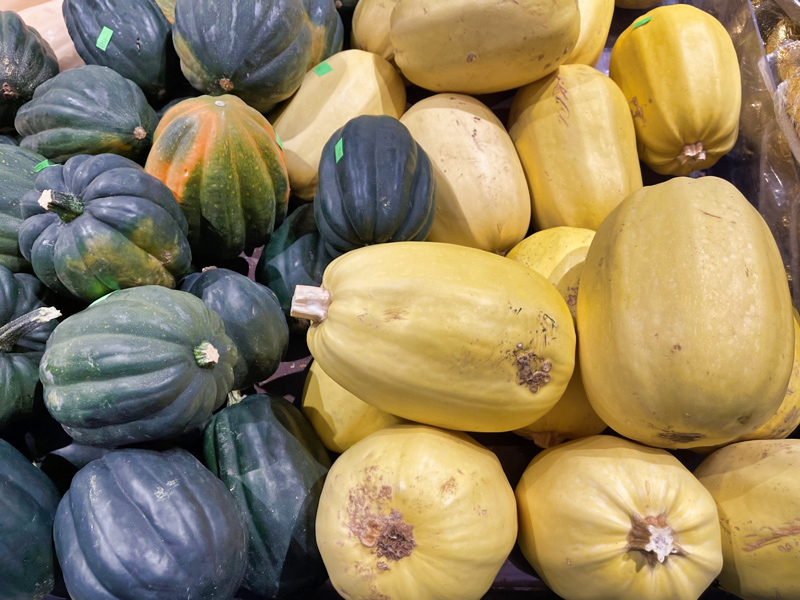
South of Toronto, the Niagara region produces fruit, vegetables, and wines that boast of an excellent quality. Niagara wines, whether red, white, or ice wines, are well known among oenologists and wine enthusiasts. The Niagara region also produces ice cider, made from apples, albeit to a lesser extent than the neighboring province of Quebec.
One of the specialties of the province of Ontario, as well as Quebec and other provinces, is maple syrup – likely Canada’s most famous product.
Apple pie and pancakes are other culinary delights often associated with Ontario.
Pancakes are part of the typical Canadian breakfast. You can add blueberries, chocolate, banana, and many more toppings to them, and you can’t miss out on… Canadian maple syrup!
Quebec
The gastronomy of Canada’s most francophone province has French origins, with additional influences from indigenous, Irish and other francophone cultures. Quebec’s most popular meals include tourtière (a type of meatpie); ham dishes; pâté chinois (a version of shepherd’s pie made with ground meat, corn and mashed potatoes); sugar pie (made from maple syrup), poutine (fries with melted cheese and gravy); pea soup, and various bean stews.
Poutine is a dish made with French fries and cheese curds sprinkled with gravy. Cheese curds are added onto freshly-made fries, and a very hot gravy is poured on top, making the cheese melt and the fries soften. This Canadian fast food icon has travelled beyond the country’s borders and is now popular in the United States as well. It has increasingly appeared in Europe in recent years.
Jewish immigrants from the 19th and 20th century have had a strong influence on local cuisine in municipalities across Quebec, particularly Montreal. As a result, Montreal is very well known for certain foods originating in Jewish culinary traditions, such as smoked meat sandwiches and bagels.
Bagels, which are made of wheat flower, are a type of donut-shaped bread roll. Unlike donuts, bagels are savory rather than sweet and their crust is thick since they are briefly cooked in water before being oven-baked. Montreal bagels are very special, because they are hand-made, uniquely spiced, and baked in a wood oven which gives them a great flavour.
Quebec is the largest producer of maple syrup in the world. This famous product, so typical of Canadian Gastronomy, can be used for both sweet and savory dishes. It is a fundamental ingredient in caramelized salmon, various oven-baked meat or ham dishes, pancakes, pies, desserts, popcorn, candy and even certain beers.
Saskatchewan
The province of Saskatchewan has a cuisine that reflects the influence of indigenous peoples, particularly First Nations, as well as European immigrants. Saskatchewan’s cuisine features bison meat, bannock (a type of fried bread) and indigenous berries such as Saskatoon berries, cranberries and chokecherries. Saskatchewan’s agricultural landscape is dominated by wheat fields, but the region also grows rapeseed, flax, rye, oats, peas, millet and barley. Lentils are also featured prominently: Canada is the world’s largest exporter of lentils, and Saskatchewan is the largest producer among Canadian provinces. All of these ingredients are used to prepare a variety of typical dishes from this region, many of which are influenced by First Nations traditions.
Immigration from England, Scandinavia, Russia and Ukraine in the early XX century also had a significant impact on Saskatchewan’s culinary evolution. Newcomers brought with them numerous dishes from their countries of origin, including cabbage rolls, roasts, sausages and pierogi (a type of dumplings).
Bison meat is tender, flavorful and highly nutritious. Despite the animal’s tough appearance, which comes from the external layer of fat that covers it to protect it from rigorous winters, its meat is lean and, therefore, a healthy alternative to other red meat. People in Canada’s Northern and central provinces eat it in large quantities.
Manitoba
The gastronomy of Manitoba includes traditional First Nations dishes; mostly beef stews, bison meat, game meat, fish, berries and cereals. Its capital, Winnipeg, offers many opportunities to taste dishes made from products native to the region, such as birch syrup and Winnipeg goldeye.
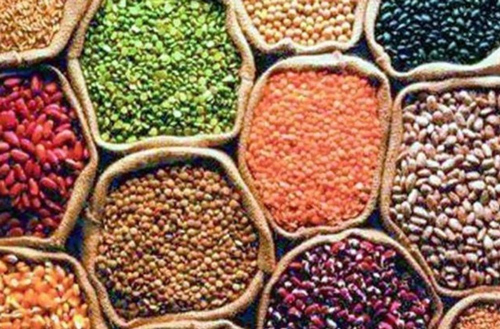
Birch syrup, which is made from sap of the birch tree, comes in two forms: a dark, bitter one, and an amber, sweeter one. Amber birch syrup is made from a very sweet sap and is used to cook sauces, ice creams and desserts. Dark birch syrup, with a more acidic taste, is an excellent condiment for meat, game meat and fish dishes.
A variety of cereals, legumes and potatoes are also typical from Manitoba and used in the preparation of numerous stews, salads, cereal bars and desserts. Authorized by Health Canada as early as the 1990s, hemp growing occupies approximately 36,000 hectares in Manitoba. Hemp has become part of the region’s gastronomy thanks to its popularity among vegetarians and vegans, who appreciate both its flavor and its nutritional qualities.
Atlantic Provinces
Fish and seafood are the pillar of gastronomy in the maritime provinces of Canada: New Brunswick, Nova Scotia, Prince Edward Island and Newfoundland and Labrador. Canadian lobster, scallops, oysters, mussels, salmon, snow crab, cod, and multiple other fish and seafood are featured in the region’s restaurants. The region is also home to Acadian poutine – a term used for both poutine salée (also called poutine râpée), typical from New Brunswick, made with pork-filled potatoes; and poutine sucrée (also called poutine à trou) a cranberry, blueberry or apple dessert served with a brown sugar sauce.
Prince Edward Island is known for its ice cream, breaded clams with fries, and for its unusual desserts like seaweed pie among other things.
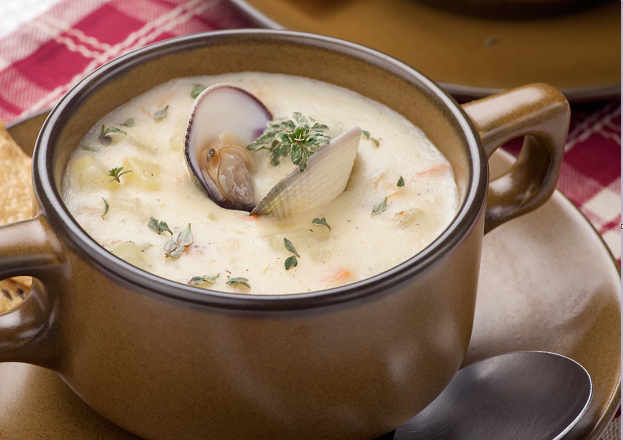
New Brunswick’s best-known specialties include fiddleheads, certain seaweed, ginger snaps, blueberry pie, and potatoes, of which the province is a leading producer.
Lobster, scallops, Northern shrimp and snow crabs are other products that are very typical in the gastronomy of the Atlantic provinces. They can be prepared served in a variety of ways.
Northern Canada
The gastronomy of Northern Canada – the Northwest Territories, Yukon and Nunavut – comes fundamentally from Inuit and other First Nations traditions and is prepared according to their traditional methods. Because of the high cost of transporting foodstuffs from the South to the North, Northern cuisine relies primarily on local products such as game meat (caribou, hare, squirrel) and fish. The most typical dishes contain numerous seasonal products and make ample use of preserves from wild vegetables and berries harvested through spring and summer. This massive region’s specialties include seal meat, arctic char, musk ox, caribou, whale meat and bannock.
Maple syrup
Canada is famous for its maple syrup and maple products. Canada’s maple groves account for 80% of the world’s production, with most of them located in the province of Quebec. Nova Scotia, New Brunswick, Ontario and Prince Edward Island are also producers.
Ice wine and ice cider
Authentic ice wine is a sweet wine made from ripe grapes naturally frozen on the vine at the time of harvesting. In Canada, its production is regulated by the Vintners Quality Alliance (VQA). Most ice wine production comes from Ontario though Quebec and British Columbia are also producers. Ice cider is born out of a similar production process that uses apples instead of grapes.
Oreilles de crisses
A typical product from Quebec, oreilles de crisses are pieces of fried pork rind basted with maple syrup.
